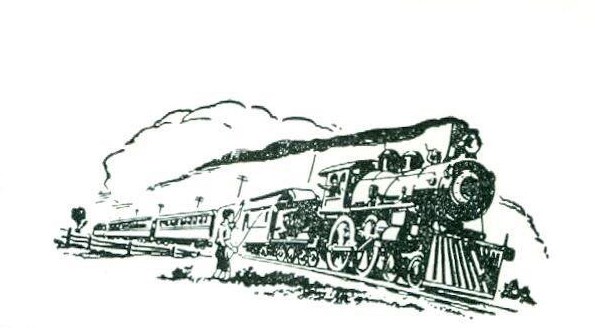Over 170,000 individuals of Ukrainian origin set out for Canada during the period 1891-1914. In 1891, a small group-about a dozen traveled by train on the intercontinental mainline of the Canadian Pacific Railway, and at some point in the District of Alberta, chose a northern direction to settle near Edmonton. Five years later, a fairly large group of Ukrainians arrived in Winnipeg, Manitoba, and settled in various parts of the province. After the Liberal government of Wilfrid Laurier was elected in 1896, the Prime Minister and his Minister of the Interior, Clifford Sifton organized an aggressive immigration plan: to look for settlers beyond the boundaries of Western Europe to those of Eastern Europe. By the spring of 1897, the invitation to settle had been accepted by a great number of Ukrainian people who arrived in Yorkton. The busy village was then the end of steel on the Manitoba & North Western Railway. It was also the place to be because a Dominion Lands Office was located here, where an agent helped the immigrant choose homesteads within the region. Ukrainian people had been farmers in the old country, and had come to the Canadian North West Territories for free land-the 160 acre homestead. They founded settlements close together with their kinfolk to establish their homes, schools and churches in order to more easily conserve their traditions, language and religion-whether Orthodox or Catholic. Most had originated from the Austro-Hungarian lands of Galicia and Bukovina, where the governments were oppressive, and landlords greedy. By 1911 the population of Ukrainian origin in the province had reached 22,276; this represented 29.5% of the total number of Ukrainian residents of Canada, but only 4.5% of the total population of Saskatchewan. Nevertheless, by 1921 a number of provincial districts emerged as distinct areas of concentrated Ukrainian settlement: Insinger (2,408), Redberry (2,086), Ituna-Bon Accord (1,453), Goodlake (1,424), Sliding Hills (1,149), Preeceville (1,102), and Clayton (1,101).




